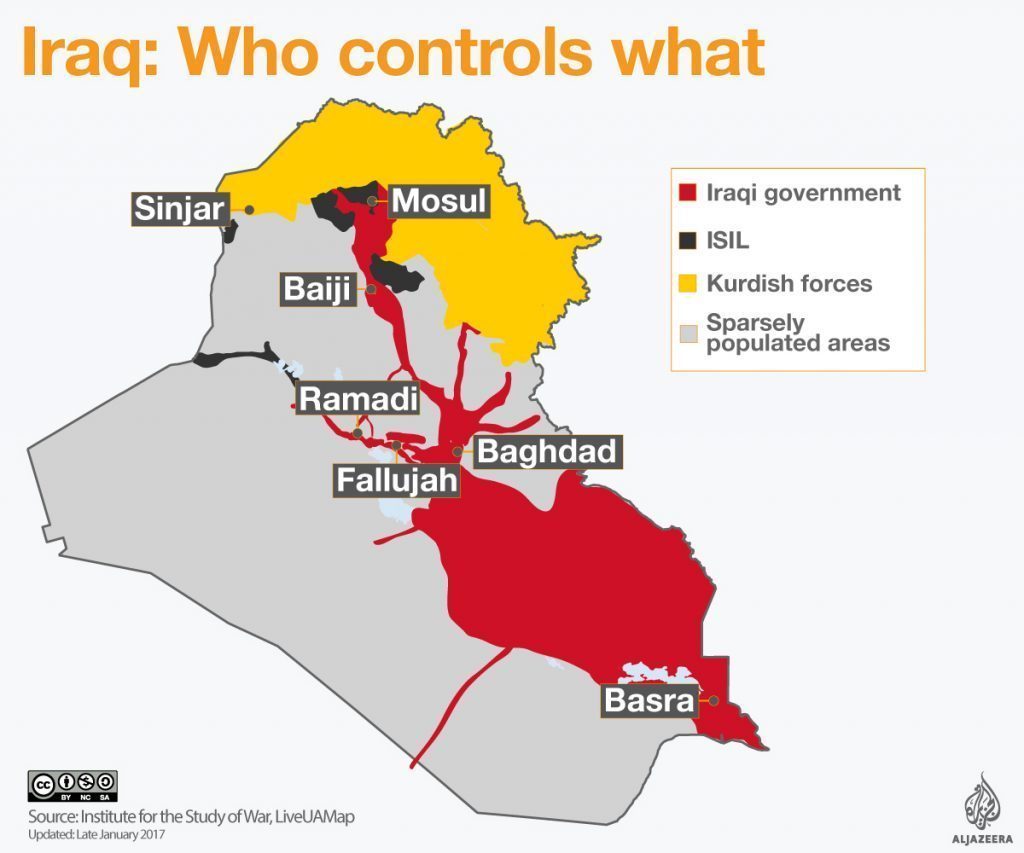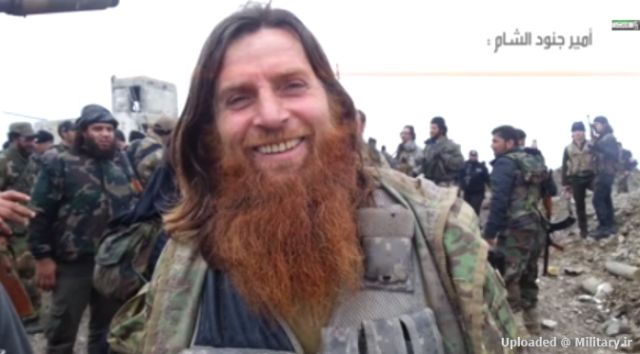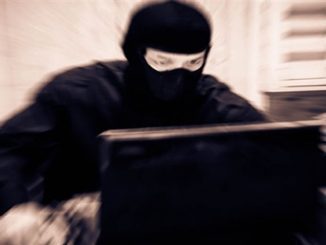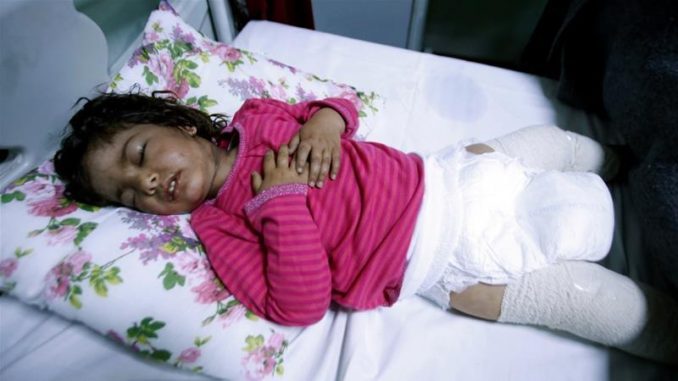
The UN said that twelve people were being treated after exposure to chemical weapons agents in Mosul as the battle between ISIS and the US-backed forces intensified and entered a new phase.
The United States is providing air and ground support to Iraqi and Kurdish forces trying to dislodge the hardline group from Mosul, captured in 2014.
Iraqi forces captured the eastern side of Mosul in January after 100 days of fighting and launched their attack on the districts that lie west of the Tigris river on Feb. 19.
Islamic State militants who retreated across the Tigris river to western districts also regularly target civilian areas under government control in the east with mortars and grenades dropped from drones.
Several thousand militants, including many who traveled from Western countries to join up, are believed to be in Mosul among a remaining civilian population estimated at the start of the offensive at 750,000.
They are using mortars, sniper fire, booby traps and suicide car bombs to fight the offensive carried out by a 100,000-strong force made up of Iraqi armed forces, regional Kurdish peshmerga fighters and Iranian-trained Shi’ite paramilitary groups.
In addition, the latest UN report shows that the group started using chemical weapons too against the eastern side of Mosul.
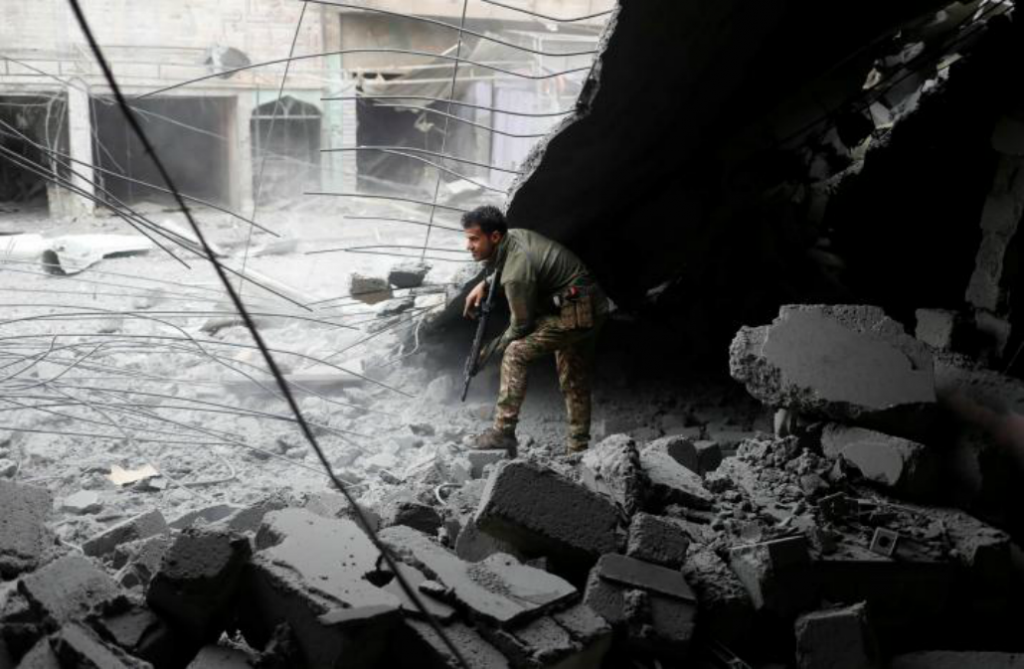
Chemical gas used against civilians
the International Committee of the Red Cross said on Friday that seven people were receiving treatment for exposure to chemical agents near Mosul.
“During the past two days, the hospital has admitted five children and two women showing clinical symptoms consistent with an exposure to a blistering chemical agent,” Robert Mardini, the Red Cross Middle East director, said in a statement, referring to a facility near Mosul.
The symptoms include blisters, redness in the eyes, irritation, vomiting and coughing.
“The use of chemical weapons is absolutely prohibited under international humanitarian law. We are deeply alarmed by what our colleagues have seen, and we strongly condemn any use of chemical weapons, by any party, anywhere,” Mardini said.
The UN’s World Health Organization said in a statement on Saturday that with partners and local health authorities it activated “an emergency response plan to safely treat men, women and children who may be exposed to the highly toxic chemical”.
Lise Grande, the UN humanitarian coordinator in Iraq, called for an investigation.
“This is horrible. If the alleged use of chemical weapons is confirmed, this is a serious violation of international humanitarian law and a war crime, regardless of who the targets or the victims of the attacks are,” she said in a statement.
The UN said all 12 patients had been received since March 1 for treatment which they are undergoing in Erbil, the capital of Iraq’s Kurdish region, east of Mosul.
Four of them are showing “severe signs associated with exposure to a blister agent”.
The patients were reportedly exposed to the chemical agents in the eastern side of Mosul.
ISIS has periodically used rudimentary chemical weapons in the course of its more than two-year war with Iraqi forces.
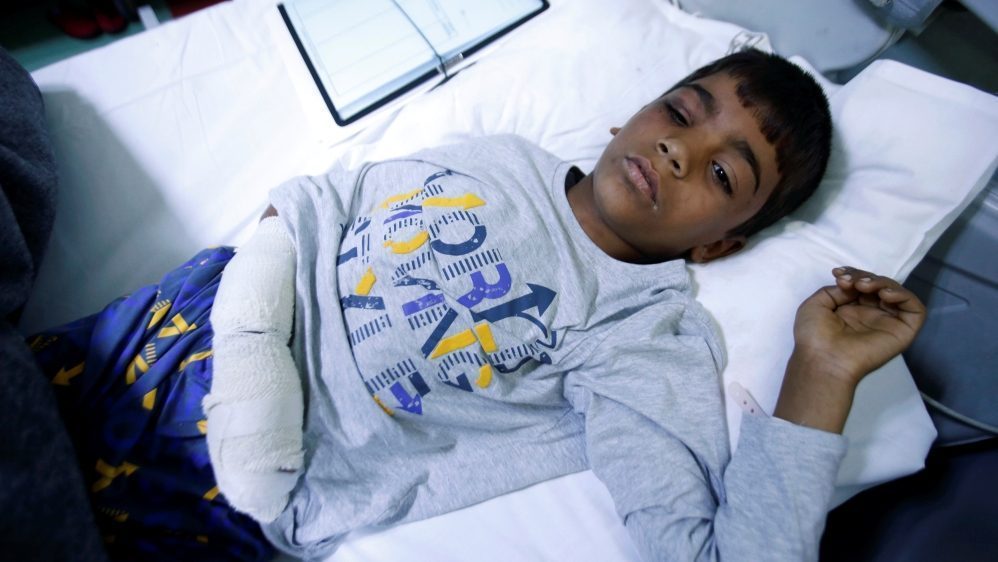
46.000 civilians displaced
More than 46.000 civilians have been forced from their homes in western Mosul in the latest phase of the battle that began on Feb. 19, while the total number displaced since the offensive for Mosul started in October exceeds 191,000, according to the United Nations.
Iraq’s interior ministry said on Friday that 14,000 people fled the northern Iraqi city on Thursday alone, the largest wave of internally displaced people (IDPs) since the battle started.
Overall, the total number displaced since the battle for Mosul started in October exceeds 176,000, according to the UN.
The announcement followed a previous statement by the United Nations warning that around 4,000 civilians were fleeing the city, ISIL’s last major urban stronghold in Iraq, each day.
IDPs in a refugee camp in Khazer, east of Mosul, cited the “intensity of coalition air strikes” as one of the main reasons for leaving their homes.
“People in the camp who just arrived explained how terrifying the situation was on those front lines,” a journalist said.
“It’s a desperate situation for these people; they are being moved across the country to different areas to be housed.
“Aid agencies are warning that they expect the numbers to rise, particularly because west Mosul is densely populated and the fighting has not even reached those areas.”
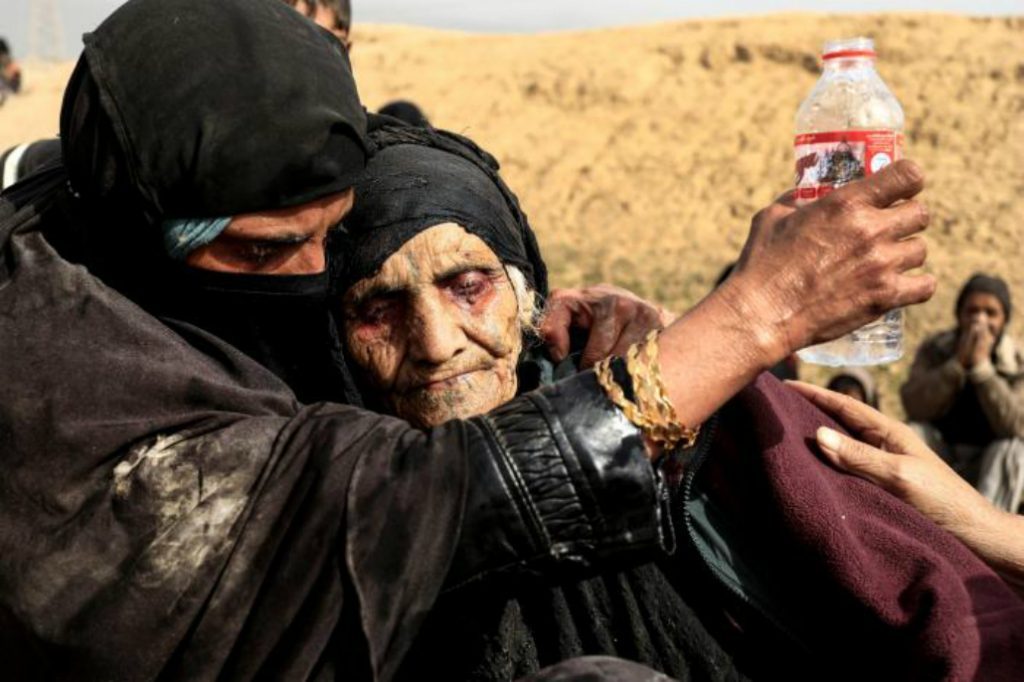
No secure humanitarian corridors
Even when they are fleeing, death keeps hunting the Iraqi civilians as there are no safe humanitarian corridors out of the city and ISIS militants were shooting any one who tries to leave.
“There is no secure humanitarian corridor to get out of the neighborhoods that have been cleared, but even then there is still crossfire,” she said.
“They [civilians] are having to make their way over barren land … just southwest of Mosul. We have seen people walking across land; people in wheelchairs, women with children exhausted and terrified, also leaving relatives behind because they are not sure if the route is secure.”
Some of the displaced were moving from areas already under Iraqi military control, afraid of the ongoing fighting and eager to move to safety.
Others escaped across the frontline, waiting until they saw Iraqi forces in the distance and running towards them with white flags.
Along the way, they faced horrifying scenes.
“There were bodies in the street as we walked, children, pieces of bodies,” Safana, 23, told the AFP news agency, as she waited in a food distribution queue in the Hamam al-Alil camp.

